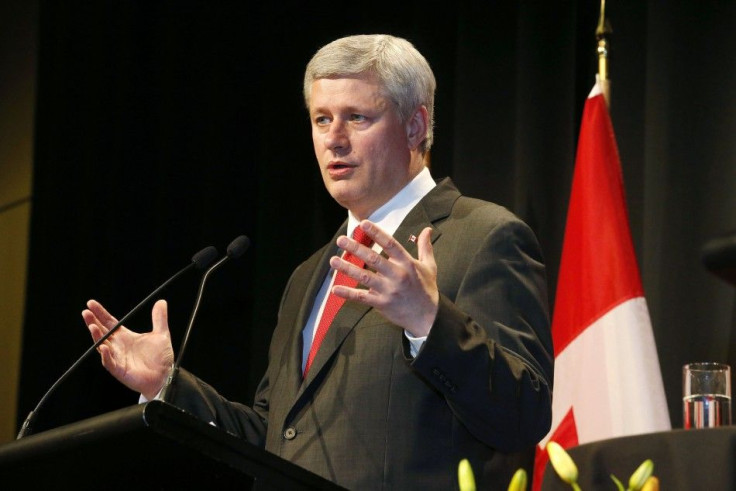Canada’s e-Petition Initiative To Increase Citizen Participation in Governance And Political Process

Canada’s e-petition initiative has been hailed as a novel initiative and has aroused great expectations. Set to be in force as soon as the new parliament is constituted after the October elections, the historic initiative was adopted in March 2015, after Members of Parliament agreed on a set of recommendations to create an e-petition tool to spur public participation in Canadian politics.
The original motion for the e-petition was spearheaded by NDP MP Douglas Kennedy Stewart and passed by a wafer thin majority of two votes in January. The preparations to implement e-petitions are also in full swing. The Commons administration is designing a new website that will be ready by the end of October.
Methodology
Under the e-petition system, new rules allow citizens to propose an initiative on anything-- federal funding, new demands, even views on controversial issues according to its proponent Stewart.
In e-petition, the stipulation is that it must be sponsored by an MP and must be backed by 500 signatures, if it is an online submission, in 120 days before it can be read in Parliament. Also, the minister in charge of the matter should respond to a successful initiative within 45 days.
The law makers are hoping that e-petitions would help reverse many troubling political trends. It may also help in arresting the sagging political participation. The voter turnout dipped to 61 percent since 2000 from the 73 percent in the 1980s. Many burning issues of people get ignored in the heat of party politics by MPs under the pressure of excessive partisanship. They have little freedom to vote on their own convictions or honour the wishes of their constituents. The e-petition may anull that predicament.
It has already started in the European Union, which experimented with its own online petitions since April, 2012 and called it European Citizens’ Initiative. This allows citizens to propose legislation for the European Union. In EU, the threshold for activating a petition is support of one million citizens from seven EU member states.
Public Inclusiveness
In Canada, Stewart is hopeful that massive public support for a petition would compel government to act: “They may have to back off legislation or … initiate legislation. … It’s informal pressure that’s … more difficult for the government to deal with,” he said. Stewart said public inclusiveness and dialogue is what an e-petition can bring for Canada: “We’re elected and we get paid a lot of money, we’re supposed to … have fulsome debates on the issues most important to our public.”
Stewart did lot of spade work before moving his private bill in the parliament. He travelled to the U.K to talk to the technical and procedural experts. He said his team talked to four jurisdictions that have already done this. They included Quebec, NWT, the U.K. and some of U.S. experience to take all the lessons.
(For feedback/comments, contact the writer at k.kumar@ibtimes.com.au)






